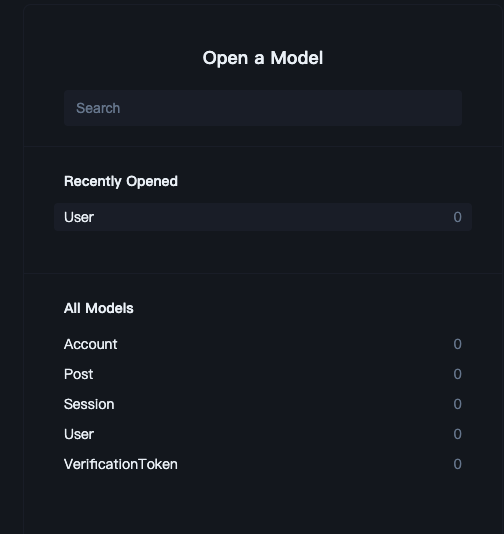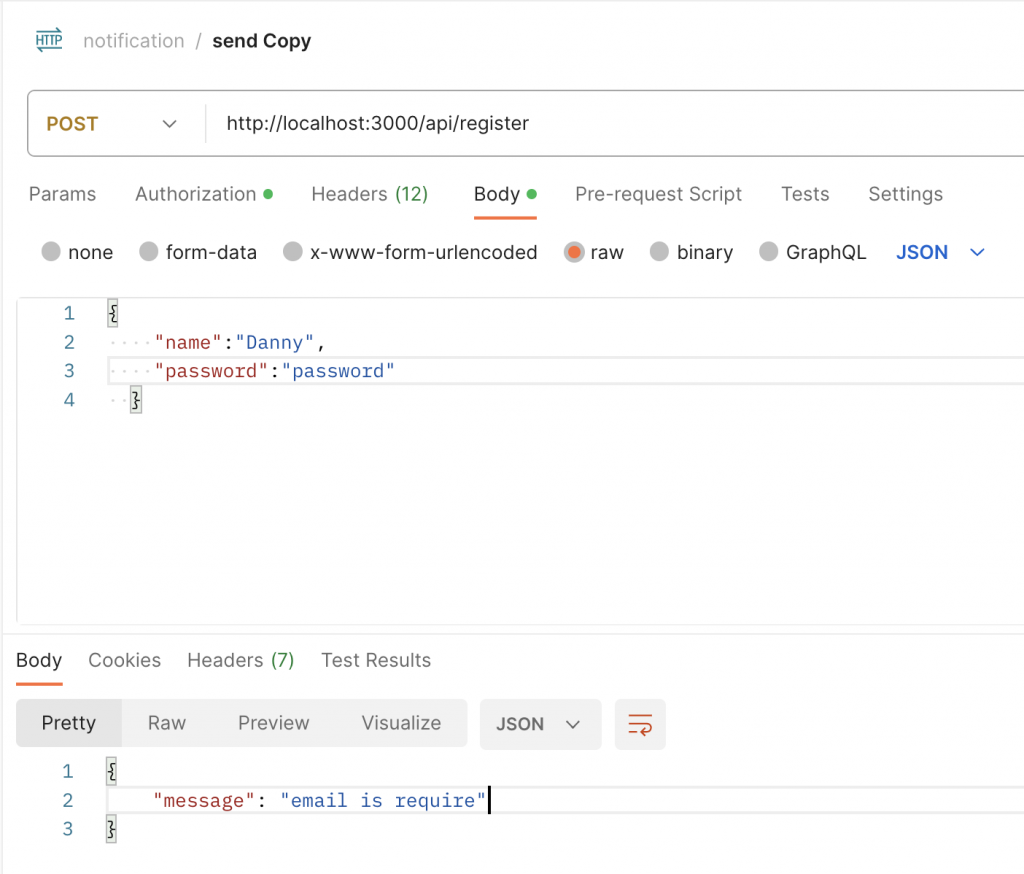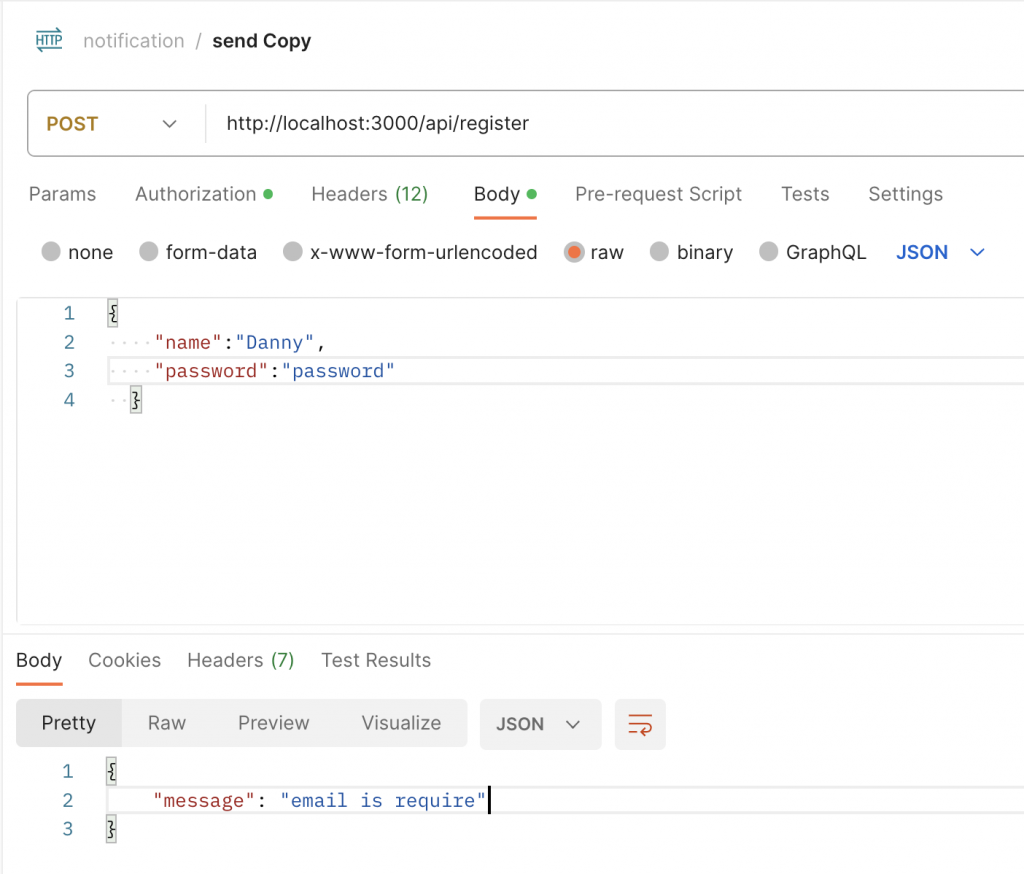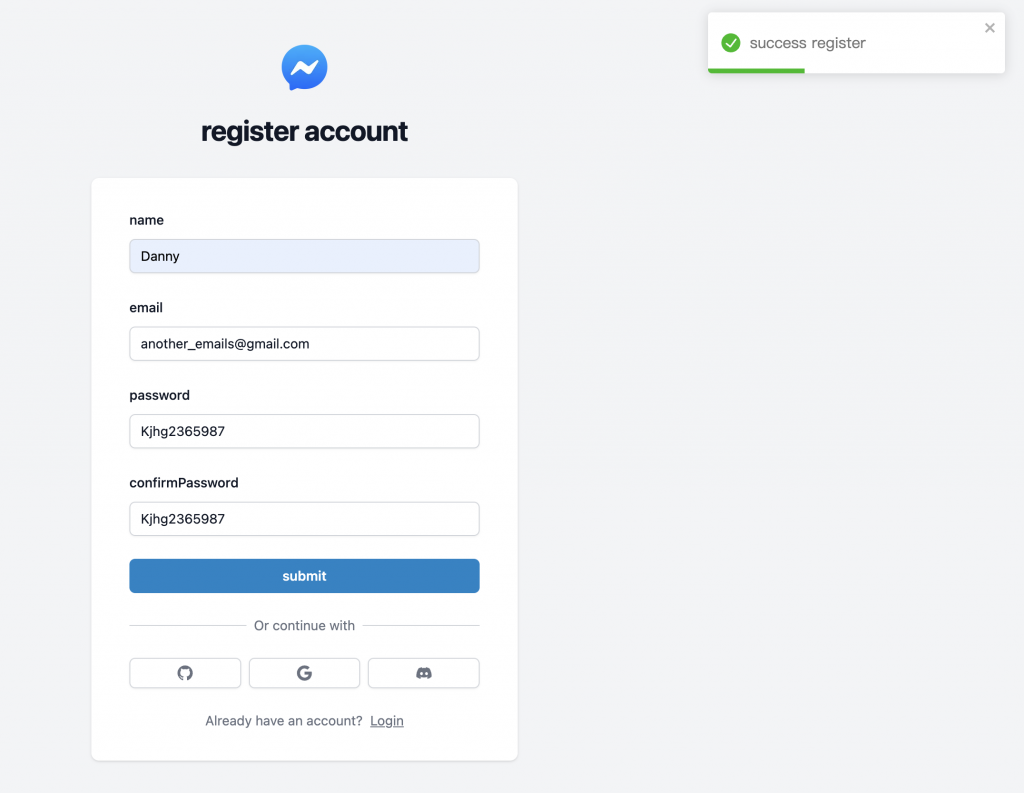2023鐵人賽今天會開始實作 api 部分,建議讀者如果沒看昨日內容可以先去看~今天會繼續使用
那登入部分需要到 db 所以會需要添加以下的 model。
model Account {
id String @id @default(cuid())
userId String
type String
provider String
providerAccountId String
refresh_token String? @db.Text
access_token String? @db.Text
expires_at Int?
token_type String?
scope String?
id_token String? @db.Text
session_state String?
user User @relation(fields: [userId], references: [id], onDelete: Cascade)
@@unique([provider, providerAccountId])
}
model Session {
id String @id @default(cuid())
sessionToken String @unique
userId String
expires DateTime
user User @relation(fields: [userId], references: [id], onDelete: Cascade)
}
model User {
id String @id @default(cuid())
name String?
email String? @unique
emailVerified DateTime?
hashedPassword String?
image String?
accounts Account[]
sessions Session[]
Post Post[]
}
model VerificationToken {
identifier String
token String @unique
expires DateTime
@@unique([identifier, token])
}
不知道小夥伴還記得前幾天做 infinite scroll 的時候用到的 post schema 嗎~
原本是長這樣,但這樣我們不會知道這個 post 是誰做的所以我們需要添加關聯。
model Post {
id Int @id @default(autoincrement())
title String
content String?
published Boolean @default(false)
createdAt DateTime @default(now())
updatedAt DateTime @default(now()) @updatedAt
}
這邊修改一下 model,在 prisma 中我們透過 @relation 做到關聯,因為我們是一個 user 會新增很多 post 所以會是一對多的關係。onDelete: Cascade: 在 prisma 中有提供 Referential actions 操作,以 post 來說 onDelete: Cascade 代表當 User 刪除,所有關聯到 userId 的 post 也一並移除,如果讀者想看更多 Referential actions 方式的話可以看點擊下方連結。
model Post {
id Int @id @default(autoincrement())
title String
content String?
published Boolean @default(false)
createdAt DateTime @default(now())
updatedAt DateTime @default(now()) @updatedAt
userId String
author User @relation(fields: [userId], references: [id], onDelete: Cascade)
}
所以需要在 Post中指定 userId (fk) 去連到 User 的 id (pk)。
model User {
//..
Post Post[]
}
定義好 schema 後你因為你的 db 還沒有 create table 所以需要做一下 migrate,在 prisma 要做 migrate 可以打以下 cli :
* 直得提醒的是如果你調整得 model 有衝突的話 prisma 會要求你把 db 資料全部刪除這樣才不會有schema 使用問題~
> npx prisma migrate dev
Environment variables loaded from .env
Prisma schema loaded from prisma/schema.prisma
Datasource "db": PostgreSQL database "root", schema "public" at "zeabur-gcp-asia-east1-1.clusters.zeabur.com:30797"
Already in sync, no schema change or pending migration was found.
✔ Generated Prisma Client (v5.2.0) to ./node_modules/@prisma/client in 75ms
之後我們到 studio 查看,如此一來我們就成功 migrate db 摟~
> npx prisma studio

現在我們 db 中有我們這次會用到的 model 這樣我們就可以簡單實作 api 了,首先先創建 ~src/register/index.ts ,在 next page 中的 api 如果要做 post 是透過 req.method 判斷內容,所以整個 CRUD 都會是在handler 這個 function 中完成,如果讀者想用 next13 新的 app 方式寫 api handler 也都可以,主要是看讀者習慣的方式,但這邊因為專案是 page 為主所以不考慮用 next13 寫法喔~
export default async function handler(
req: NextApiRequest,
res: NextApiResponse
) {
try{
if (req.method === 'POST') {
// post api
}
if (req.method === 'GET') {
// get api
}
}catch(e){}
}
然後把需要用到的套件引入,讀者記得先 install 套件喔~
registerSchema : 用來驗證 req.body 內容。bcrypt : 用來 hash user password 以防被偷走。
import { prisma } from '@/server/db'
import type { NextApiRequest, NextApiResponse } from 'next'
import { ZodError, z } from 'zod'
import bcrypt from 'bcrypt'
const registerSchema = z.object({
name: z.string({
required_error: 'name is require',
invalid_type_error: 'invalidate name type'
}).min(1, 'name must be provider'),
email: z.string({
required_error: 'email is require',
}).email('invalidate email type'),
password: z.string({
required_error: 'password is require',
invalid_type_error: 'invalidate password type'
}).min(4, { message: 'password must be at least 4 characters' }),
})
export type RegisterSchema = z.infer<typeof registerSchema>
透過 registerSchema 驗證 req.body 如果值有錯誤就 return 400
export default async function handler(
req: NextApiRequest,
res: NextApiResponse
) {
try {
if (req.method === 'POST') {
const {
email,
name,
password
} = registerSchema.parse(req.body)
} catch (e) {
if (e instanceof ZodError) {
console.log(e)
const { message } = e.errors[0]
return res.status(400).json({ message })
}
return res.status(500).json({ message: 'server error' })
}
簡單測試如果欄位有少就是給你 message 提示,這樣是不是很方便呢~

然後註冊部分我們希望每個 email 是唯一性,所以需要檢查 duplicateUser ,如果有就 return 400
export default async function handler(
req: NextApiRequest,
res: NextApiResponse
) {
try {
if (req.method === 'POST') {
const {
email,
name,
password
} = registerSchema.parse(req.body)
const duplicateUser = await prisma.user.findFirst({
where: {
email
}
})
if (duplicateUser) return res.status(400).json({ message: 'email have been register' })
} catch (e) {
if (e instanceof ZodError) {
console.log(e)
const { message } = e.errors[0]
return res.status(400).json({ message })
}
return res.status(500).json({ message: 'server error' })
}
接著為了考量 user password 安全總不可能直接把 password 存到 user db 中,所以實務上我們會將 user password hash 後存 hash 內容,日後登入時則就拿 hash value 做 decryption 。
如此一來就完成拉~
export default async function handler(
req: NextApiRequest,
res: NextApiResponse
) {
try {
if (req.method === 'POST') {
//..
const hashedPassword = await bcrypt.hash(password, 12)
const newUser = await prisma.user.create({
data: {
name,
email,
hashedPassword
}
})
return res.status(201).json({ message: 'success register' })
} catch (e) {
if (e instanceof ZodError) {
console.log(e)
const { message } = e.errors[0]
return res.status(400).json({ message })
}
return res.status(500).json({ message: 'server error' })
}
完整的 demo 如下。
import { prisma } from '@/server/db'
import type { NextApiRequest, NextApiResponse } from 'next'
import { ZodError, z } from 'zod'
import bcrypt from 'bcrypt'
const registerSchema = z.object({
name: z.string({
required_error: 'name is require',
invalid_type_error: 'invalidate name type'
}).min(1, 'name must be provider'),
email: z.string({
required_error: 'email is require',
}).email('invalidate email type'),
password: z.string({
required_error: 'password is require',
invalid_type_error: 'invalidate password type'
}).min(4, { message: 'password must be at least 4 characters' }),
})
export type RegisterSchema = z.infer<typeof registerSchema>
export default async function handler(
req: NextApiRequest,
res: NextApiResponse
) {
try {
if (req.method === 'POST') {
const {
email,
name,
password
} = registerSchema.parse(req.body)
const duplicateUser = await prisma.user.findFirst({
where: {
email
}
})
if (duplicateUser) return res.status(400).json({ message: 'email have been register' })
const hashedPassword = await bcrypt.hash(password, 12)
const newUser = await prisma.user.create({
data: {
name,
email,
hashedPassword
}
})
return res.status(201).json({ message: 'success register' })
}
} catch (e) {
if (e instanceof ZodError) {
console.log(e)
const { message } = e.errors[0]
return res.status(400).json({ message })
}
return res.status(500).json({ message: 'server error' })
}
}


完成後沒意外 prisma studio 應該會有資料~
接著我們到 AuthFormProps 中onSubmit call register api,那這邊筆者有加 toast ,讀者可以自行決定要不要使用~主要是用來檢查結果。
toast 套件:
https://www.npmjs.com/package/react-toastify
interface AuthFormProps {
variants: VARIANTS
toggleVariants: () => void
}
export const AuthForm = ({ variants, toggleVariants }: AuthFormProps) => {
//..
const onSubmit = async (value: LoginFormSchema | RegisterFormSchema) => {
try {
setIsLoading(true)
if (variants === 'Login') {
}
if (formSchemaTypeGuard(value) && variants === 'Register') {
const { message } = await axios.post<{ message: string }, AxiosResponse<{ message: string }>, RegisterSchema>('/api/register', {
name: value.name,
email: value.email,
password: value.password,
}).then(res => res.data)
toast.success(message)
}
} catch (e) {
if (e instanceof AxiosError) {
const message = e.response?.data.message
toast.error(message)
return
}
console.log(e)
} finally {
setIsLoading(false)
}
}
return (
//..
)
}
最後我們簡單看一下效果吧~

這樣我們就成功完成 register 內容摟~明天我們就搭配 next auth 完成 sign in 部分~
https://www.npmjs.com/package/react-toastify
https://github.com/Danny101201/next_demo/tree/main
https://www.prisma.io/docs/concepts/components/prisma-schema/relations/referential-actions#setdefault
✅ 前端社群 :
https://lihi3.cc/kBe0Y
